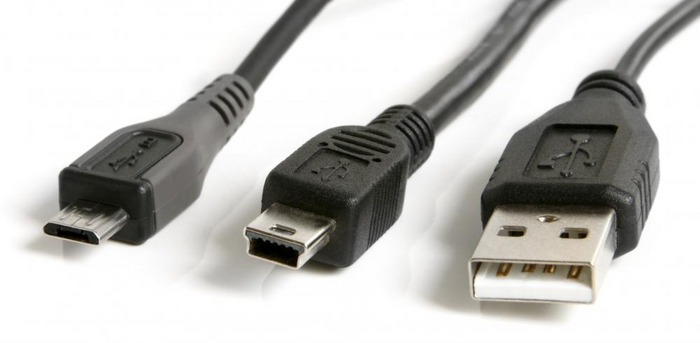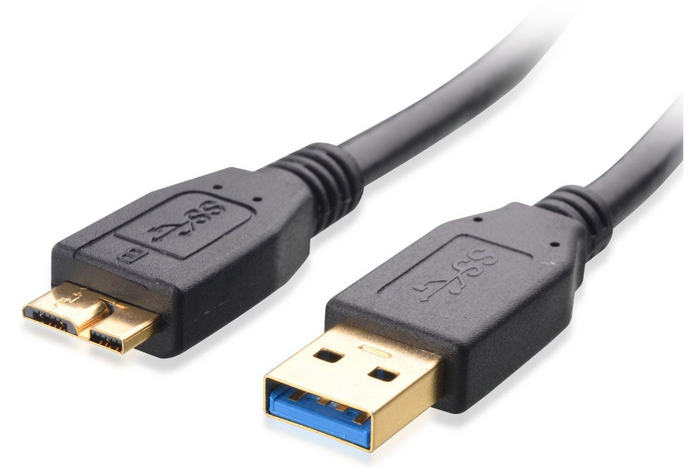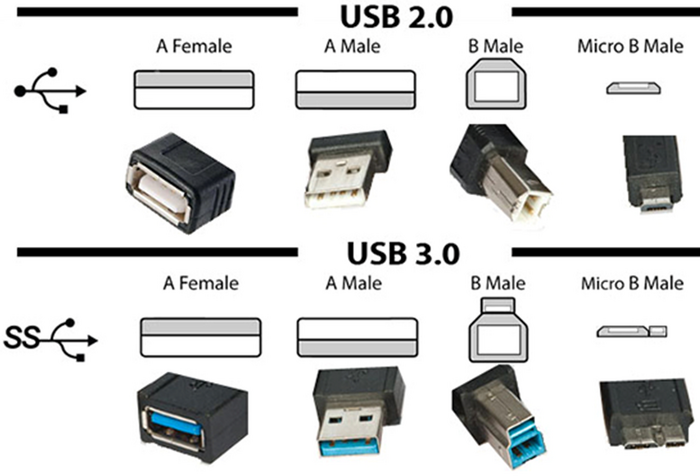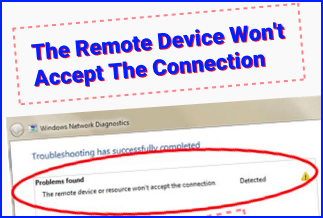So, with the mechanism of the USB interface, you can quickly stabilize connection and communication among multiple devices. However, since different versions of the USB interface are available on the market, selecting the most useful to serve your purpose might be a little confusing.
Now, It's time to get into the specifications of the two most used versions of Universal Serial Bus, USB 2.0 & USB 3.0, with guidance on selecting the suitable one while going through the valuable and practical comparative observations of USB 2.0 vs USB 3.0.
Specifications of USB 2.0
1. USB 2.0 Appearance, Connectors & Cables

- Appearance: USB 2.0 is a comparatively older version released in 2000 and is better known as "High-Speed USB." It has a black color body, and it is smaller in size compared to other USB versions.
- Connectors: According to the shape & size of the USB interface, there are different types of USB connectors available on the market. USB 2.0 has six different connector types: Type-A, Types-B, Micro-A, Micro-B, Mini-A & Mini-B.
- Cables: Since the maximum cable length of USB 2.0 is 5 meters, this interface's mobility and portability are pretty convenient. There are four wires inside the cable. It is lightweight and provides standard bandwidth in case of transferring data and power supply.
2. USB 2.0 Speed & Power
- Speed: While transferring data from one device to another, USB 2.0 provides three different Data Transfer Rates (DTR).
1) Low Speed: For Keyboard & Mice, 1.5 Mbps.
2) Full Speed: The standard rate with USB 1.1 is 12Mbps.
3) High Speed: USB 2.0 standard DTR rate is 480 Mbps.
- Power: The power consumption of USB 2.0 goes up to 500 mA. USB 2.0-supported devices take a little long time to charge fully, and it has limitations in handling devices that consume more power.
3. USB 2.0 Compatibility & Connectivity
- Compatibility: The USB 2.0 connection standard is compatible with all USB-enabled devices and cables. It supports almost 127 devices. USB 2.0 has backward compatibility. That means connecting a USB 2.0 Drive to a USB 3.0 port will work without disturbance. However, you wouldn't get the speed of USB 3.0. You will have the speed of USB 2.0.
- Connectivity: The USB 2.0 has a Polling mechanism that supports Half Duplex communication. It allows you to send or receive data at a time. So, data transfer and power supply between two devices can not be possible simultaneously with the USB 2.0 interface.
Specifications of USB 3.0
1. USB 3.0 Appearance, Connector & Cables

- Appearance: USB 3.0 is a comparatively new version of the USB industry standard. The 2008 released USB 3.0 is known as "Super-Speed USB." It comes with a Blue colored body. It has 4-pin architecture.
- Connectors: Even though there are various USB connectors, USB 3.0 is available in minimum connector types, including, Type-A, Type-B, Micro-A, and Micro-B.
- Cables: The cable length of USB 3.0 is a maximum of 3 meters with nine cable wires. And there is also some extra space for more wires. Having nine wires provides more bandwidth in data transformation and power supply. It is comparatively heavy to the earlier USB cables and less flexible.
2. USB 3.0 Speed & Power
- Speed: The data transfer rate of USB 3.0 is 5 Gbps. While taking backup of large amounts of data such as external complex devices, the speed of USB 3.0 is perfect. Even though the highest rate is 5Gbps, the standard speed is 4Gbps, and the USB-IF maintains a DTR of 3.2 Gbps.
- Power: USB 3.0 provides power support of up to 900 mA. In terms of power management, this interface is very efficient. USB 3.0 has increased power inputs and decreased power consumption. It provides 80% more power with configured devices and 50% with non-configured devices. It has a power-saving mode when it is not in use. It can handle high-power-consuming devices.
3. USB 3.0 Compatibility & Connectivity
Compatibility: USB 3.0 supports devices that are comparatively new in the market. Having backward compatibility even though the USB 3.0 is used with USB 2.0 devices, it would end up having the speed of the USB 2.0 port. So, to have the highest DTR USB 3.0 speed, both the male plug and the female socket must have the USB 3.0 interface.
Connectivity: USB 3.0 has an Asynchronous mechanism that supports Full Duplex communication and helps you send and receive data simultaneously. This Full-Duplex data transfer technology is based on dual-bus architecture. With interrupt architecture protocol, it suppresses device polling.
What is the main difference? How to choose?

USB 2.0 vs USB 3.0
| Specifications | USB 2.0 | USB 3.0 |
|---|---|---|
| DTR Speed | Maximum 480 Mbps | Maximum 5Gbps |
| Power | 500 mA | 900mA |
| Compatibility | Up to 127 devices |
Only New devices |
| Communication | Half-Duplex | Full-Duplex |
| Price | Less expensive | Little expensive |
Since you have a brief idea about USB 2.0 and USB 3.0, it's time to analyze the primary difference between them to select the most suitable one.
Go For USB 3.0 over USB 2.0: In terms of data transferring, charging speed, and power consumption management, USB 3.0 dominates over USB 2.0 with more flexibility and advancement. So, in simple words, if you need to transfer your data on multiple devices daily or depend on your portable USB device for fast access to information while traveling, undoubtedly, you can go for USB 3.0 if the budget is not an issue for you.
Go For USB 2.0 over USB 3.0: On the other hand, when it comes to maximum device compatibility and the expense of USB devices, USB 2.0 is always one step ahead of USB 3.0. If you have budget limitations, you use a USB interface for charging your device occasionally, or you take a backup of your device once in a while, there is no need to speed more on USB 3.0 since USB 2.0 is perfect for serving these purposes.
So, there is a neck-to-neck competition when choosing the most appropriate USB industry standard while analyzing the specifications of USB 2.0 vs USB 3.0. In that case, you need to follow your specific requirements to choose the most appropriate USB interface.
Wrapping Up
If you were a little confused in selecting the most effective and appropriate USB industry standard, this article has sorted your problem while providing the most valuable and practical information by comparing USB 2.0 vs USB 3.0. So, before investing money in any USB interface, keep the analysis mentioned above in mind to get maximum advantages from your selected product.



